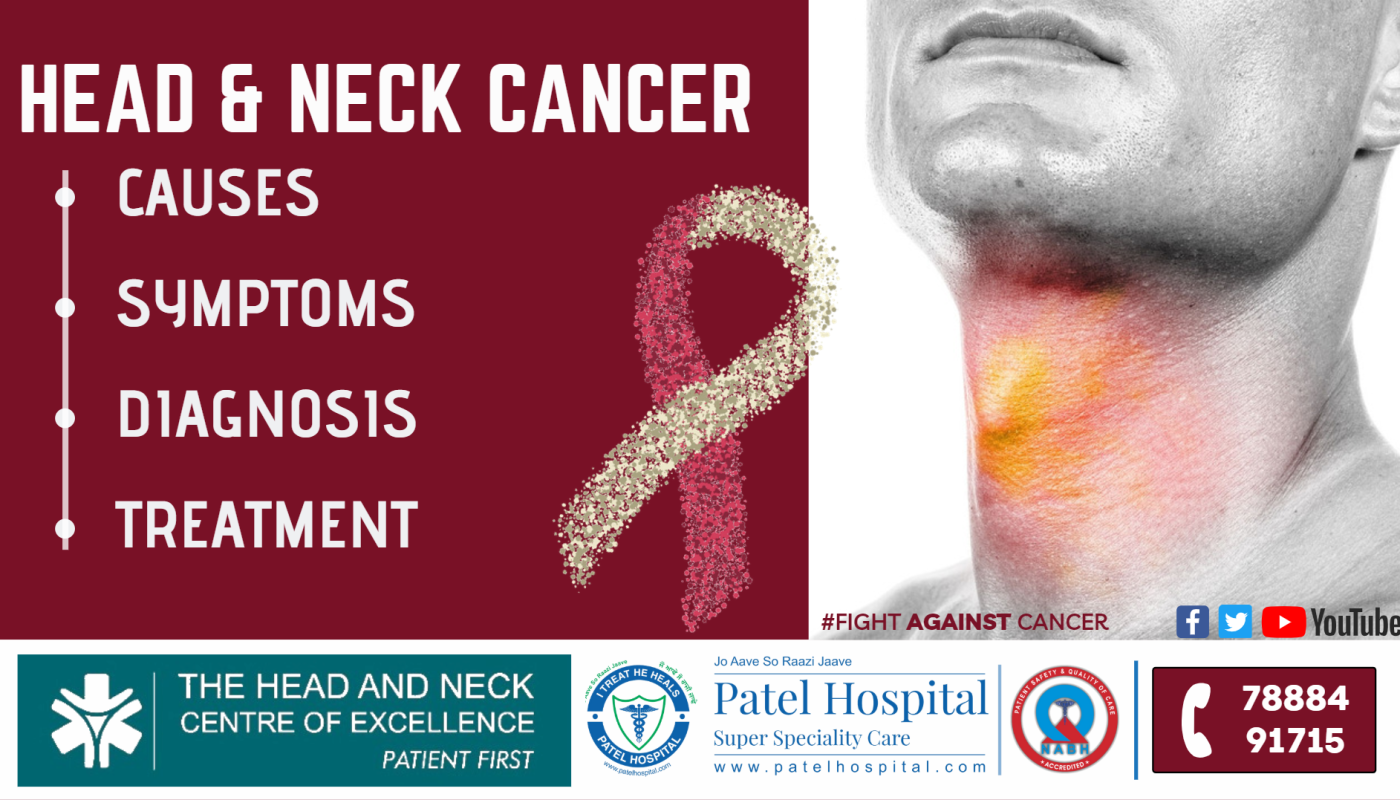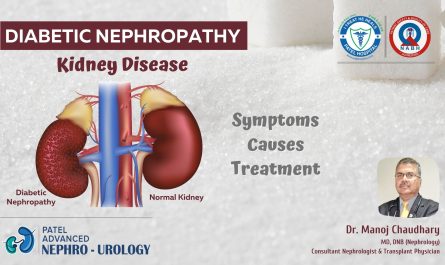Dr. Shamit Chopra, MS, MD (US), FAHNS (Fellow, American Head and Neck Society)
HoD & Division Head, Head & Neck Oncology, Microvascular & Robotic Surgery
WHAT ARE HEAD & NECK CANCERS?
Head and neck cancer generally refers to cancers of the inner lining (mucosa) of the nose, mouth, throat, voice box, and the lymph nodes of the neck in around 90% of cases. Cancers of the thyroid and salivary glands, skin cancers and tumors arising from non-mucosal structures within the head and neck comprise the remainder.
Head and neck cancers are the commonest cancers in India and constitute about 30% of the total cancer case load in the country. In contrast, they are the sixth commonest cancers worldwide.
WHAT CAUSES HEAD AND NECK CANCERS?
– Cigarette/bidi smoking or chewing tobacco over a prolonged time period is the predominant risk factor
– Prolonged & excessive intake of alcohol.
– Betel nut chewing and oral submucous fibrosis (unique to the Indian population)
– HPV (Human Papilloma Virus) infection
– Exposure to certain chemicals- nickel, arsenic, chromates and wood dust.
– Long-term (chronic) irritation from dentures, sharp teeth or hot spicy foods.
– Prior exposure to radiation (for thyroid cancers)
– Contrary to a popular myth, head and neck cancer (with the exception of medullary thyroid carcinoma) does not run in families.
WHAT ARE THE COMMON SYMPTOMS OF HEAD AND NECK CANCERS?
- A lump in the nose, neck or throat, with or without pain
- A persistent sore throat
- Trouble swallowing (dysphagia)
- Unexplained weight loss
- Frequent coughing
- Change in voice or hoarseness
- Ear pain or trouble hearing
- Headaches
- A red or white patch in the mouth
- Bad breath that’s unexplained by hygiene
- Nasal obstruction or persistent congestion
- Frequent nose bleeds or unusual discharge
- Trouble breathing
WHAT HELPS US MAKE THE DIAGNOSIS OF HEAD AND NECK CANCER?
– Thorough history
– Detailed physical examination, with emphasis on the head and neck
– Fine-needle aspiration biopsy (sampling cells by using a needle) of an enlarged lump in the neck, thyroid or salivary glands
– Biopsy (taking a small piece of tissue) of an ulcer or growth in the mouth, throat, nasal cavity, or a skin lesion
– Radiology, including ultrasound of the neck, CT and MRI scanning of the head and neck
– Nuclear medicine scanning, including various isotope scans and PET scan
– At present, there are no reliable blood tests or markers, unlike other cancers, that help us diagnose head and neck squamous cell carcinomas. Thyroglobulin and calcitonin are markers for different variants of thyroid cancers.
HOW IS HEAD AND NECK CANCER TREATED?
After obtaining a diagnosis and assigning a disease stage (cancers are staged I to IV), treatment options are discussed among the surgical, radiation and medical oncologists, pathologists and radiologists in the multidisciplinary tumor board conference.
Broadly speaking, early-stage disease (I and II) is treated with single modality treatment (surgery or radiation therapy- the choice is dictated by the site and type of cancer, and by patient factors). Advanced disease (III and IV) is treated with multimodality treatment (two or sometimes all three modalities of surgery, radiation therapy and chemotherapy). A multidisciplinary approach to treatment should be followed, and speech and swallowing therapists, psychological counselors and social and rehabilitation workers should be involved in patient care.
ARE HEAD AND NECK CANCERS CURABLE?
The curability of head and neck cancer, like all other cancers, depends on the stage of the disease. Cure rates of head and neck cancer are higher than of most other body sites if the appropriate treatment can be given. In a developing country like ours, patients may ignore the abovementioned symptoms or seek alternative treatments. By the time they present to a cancer specialist, they may have advanced disease. Spread to the lymph nodes of the neck decreases the cure rate by about 50%; and spread to the chest indicates a dismal prognosis, with the only remaining option being chemotherapy. The vast majority of thyroid cancers have a 90-95% cure rate with surgery with or without radioactive iodine.




